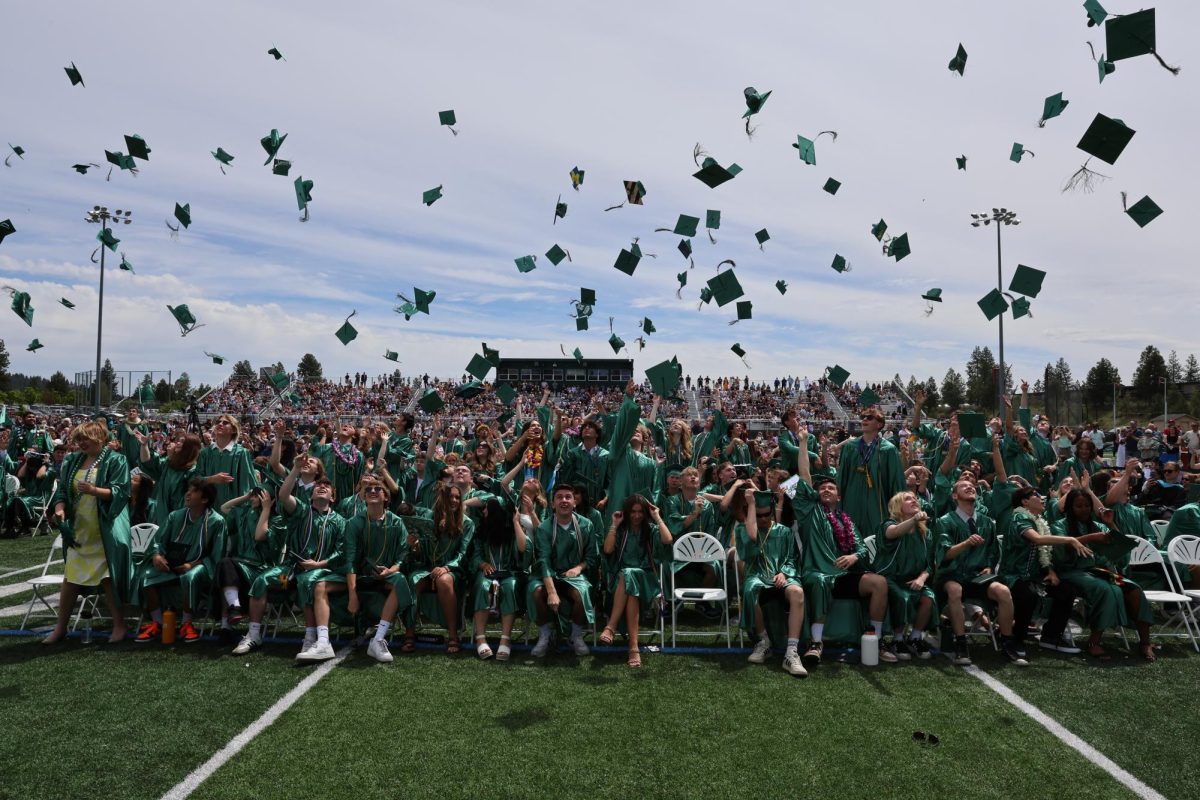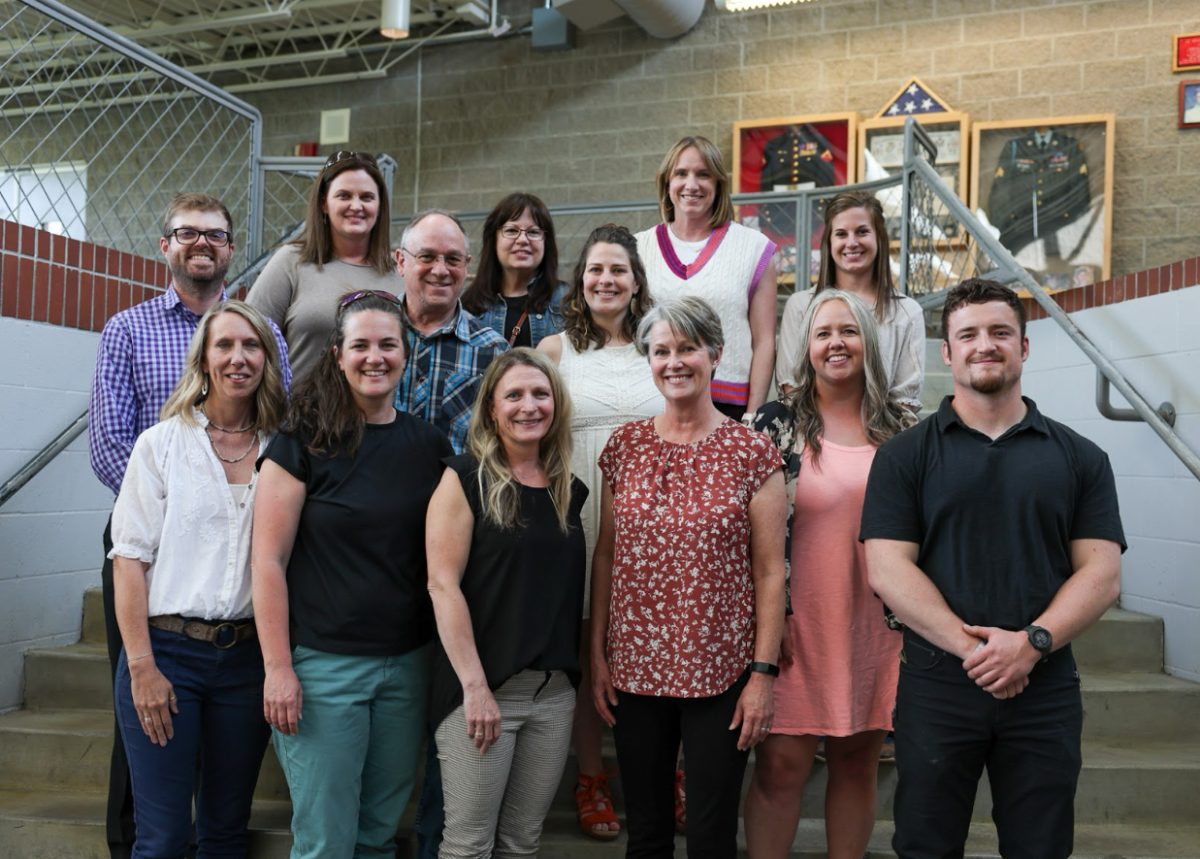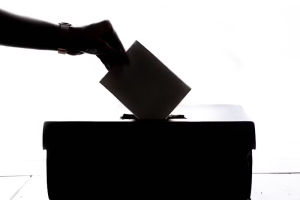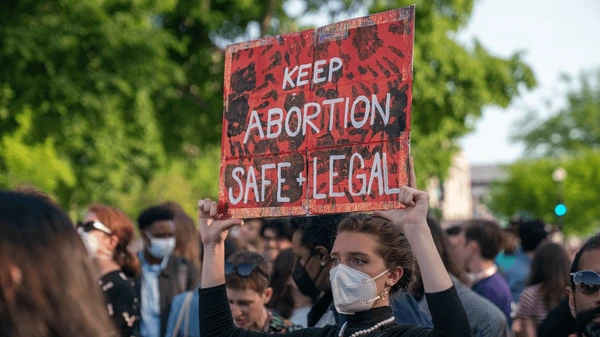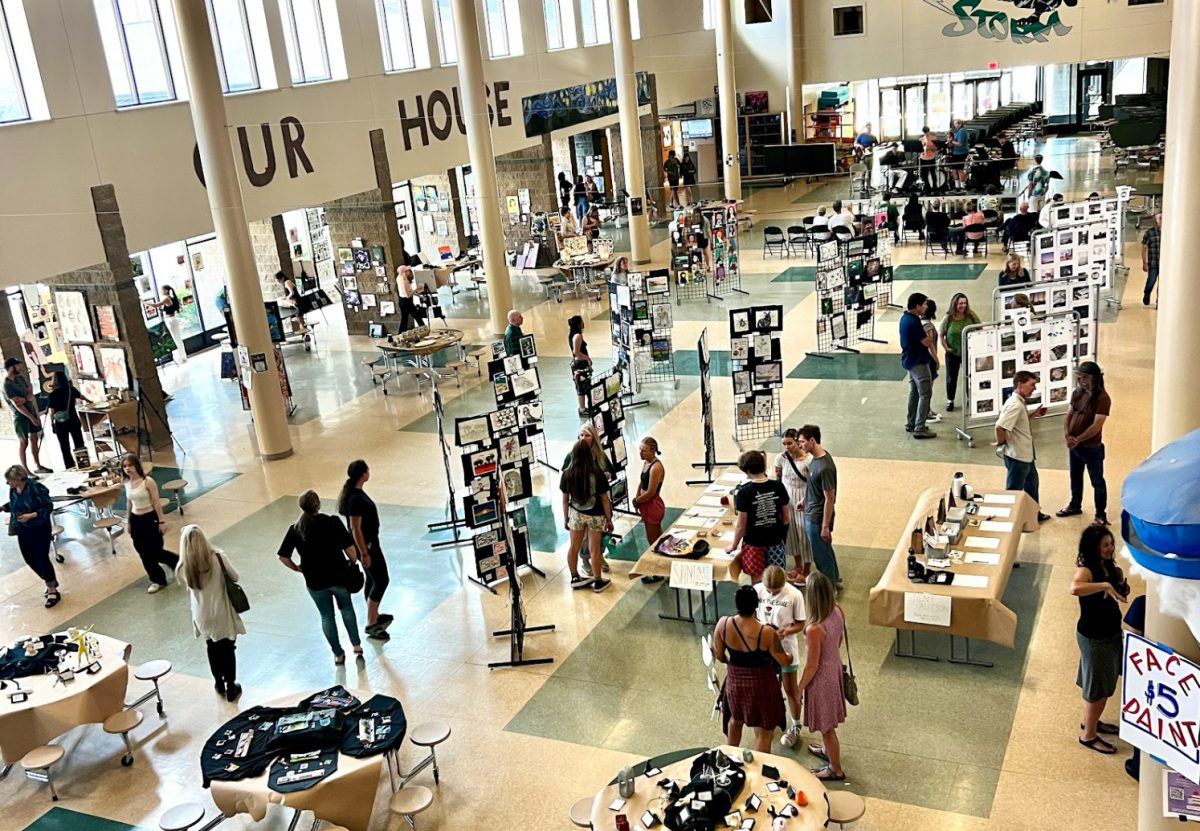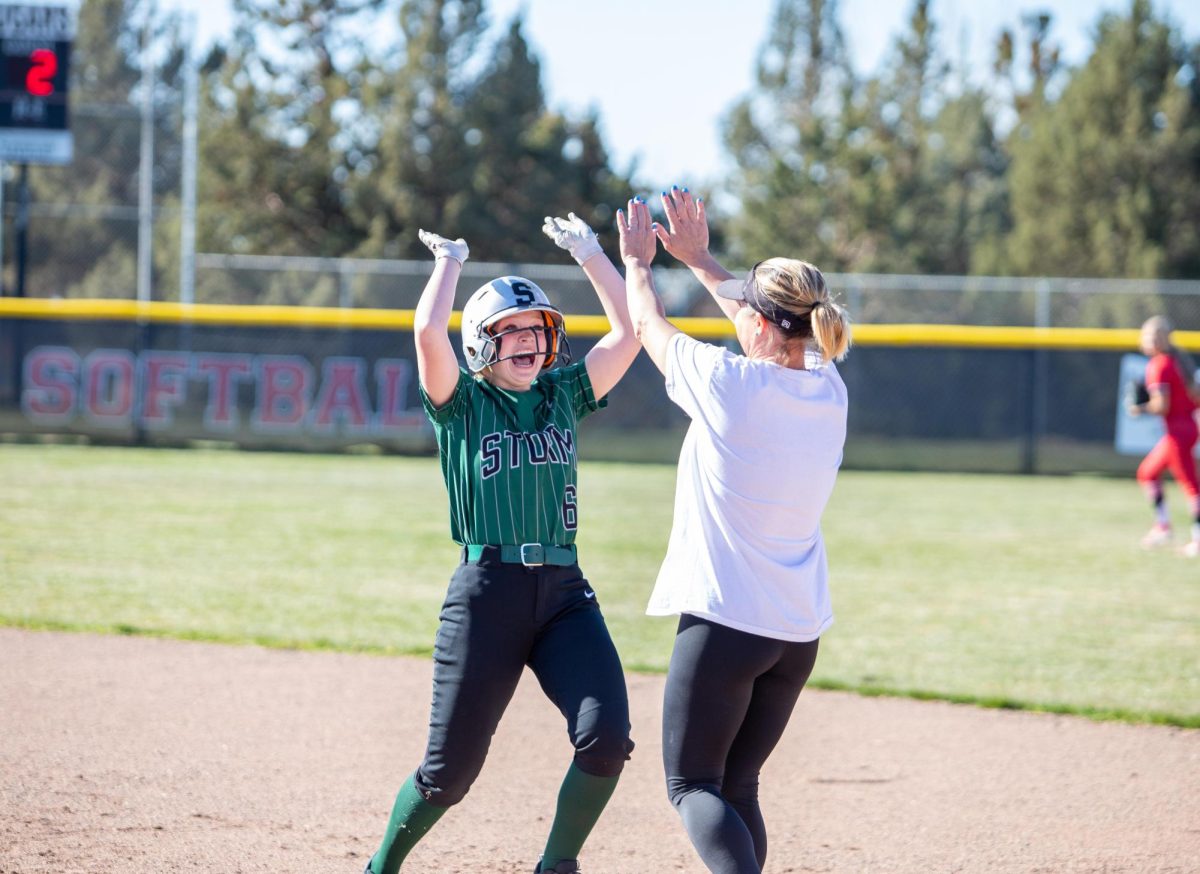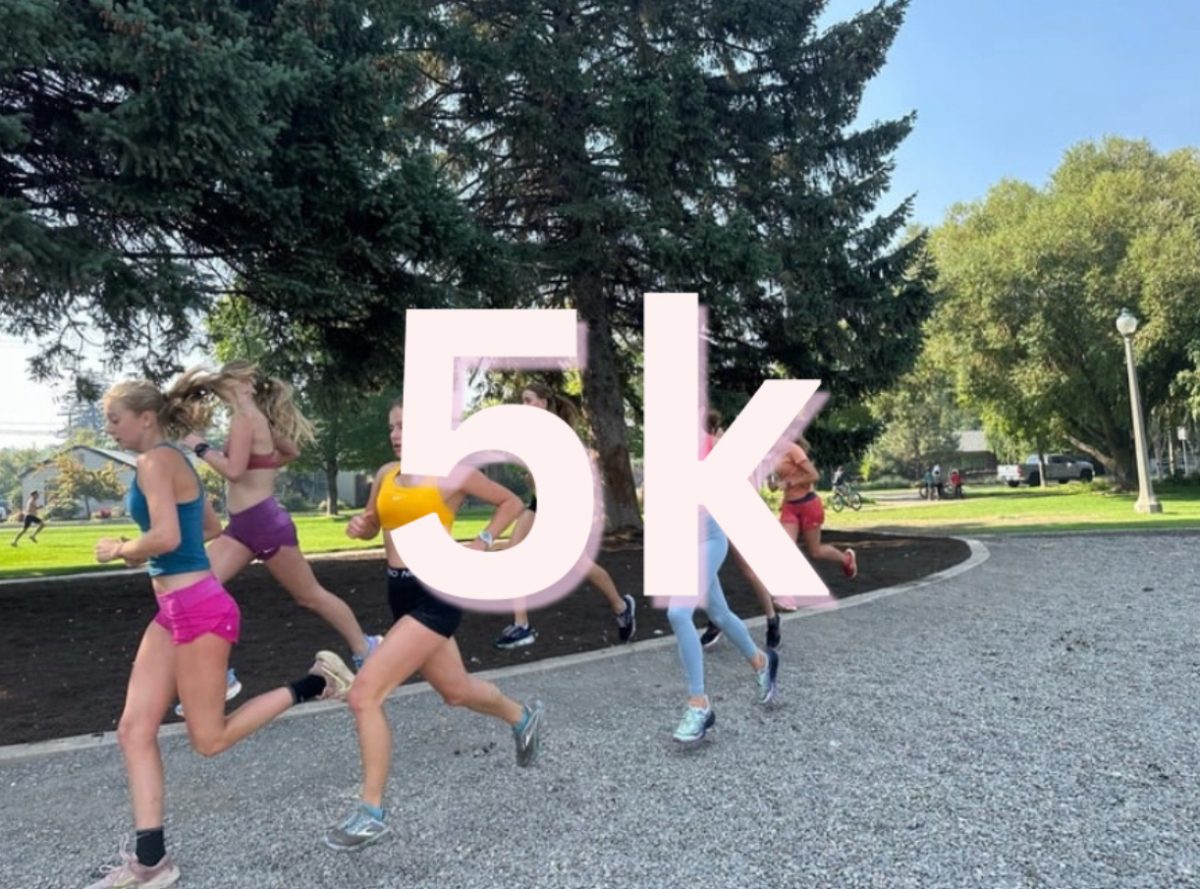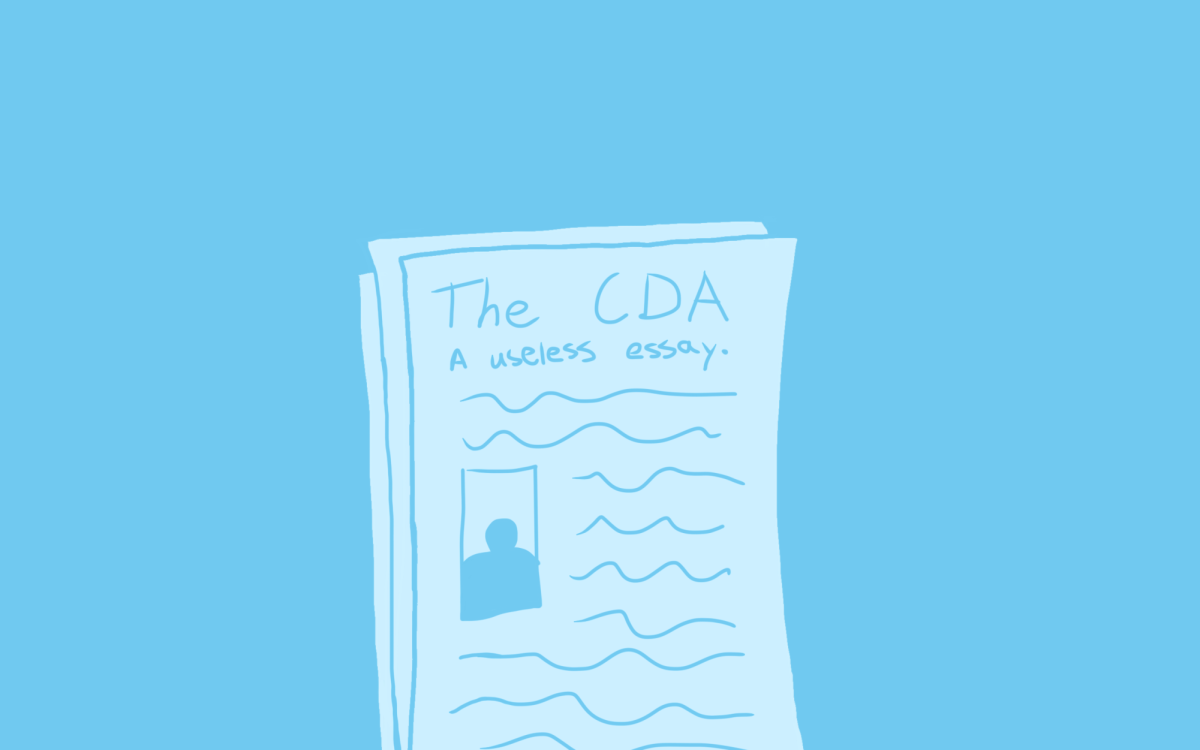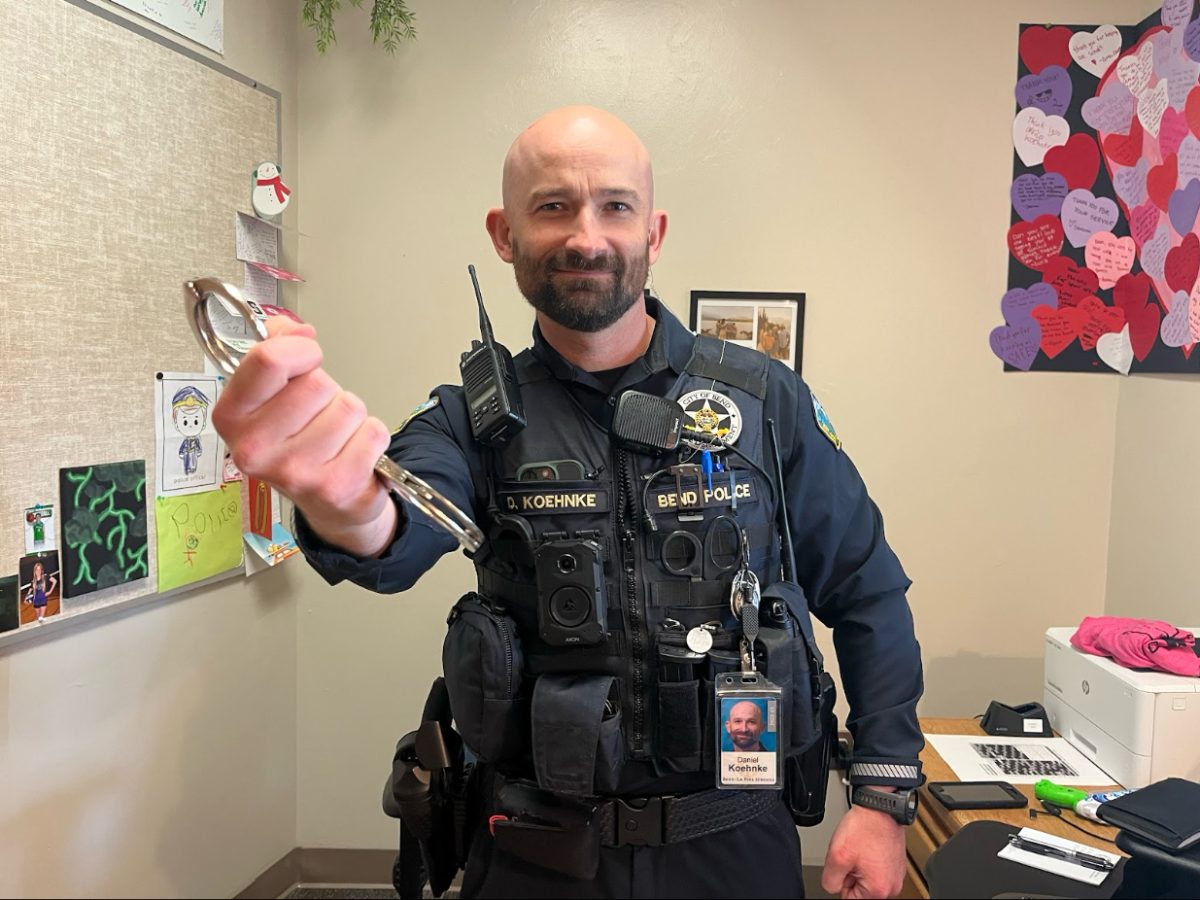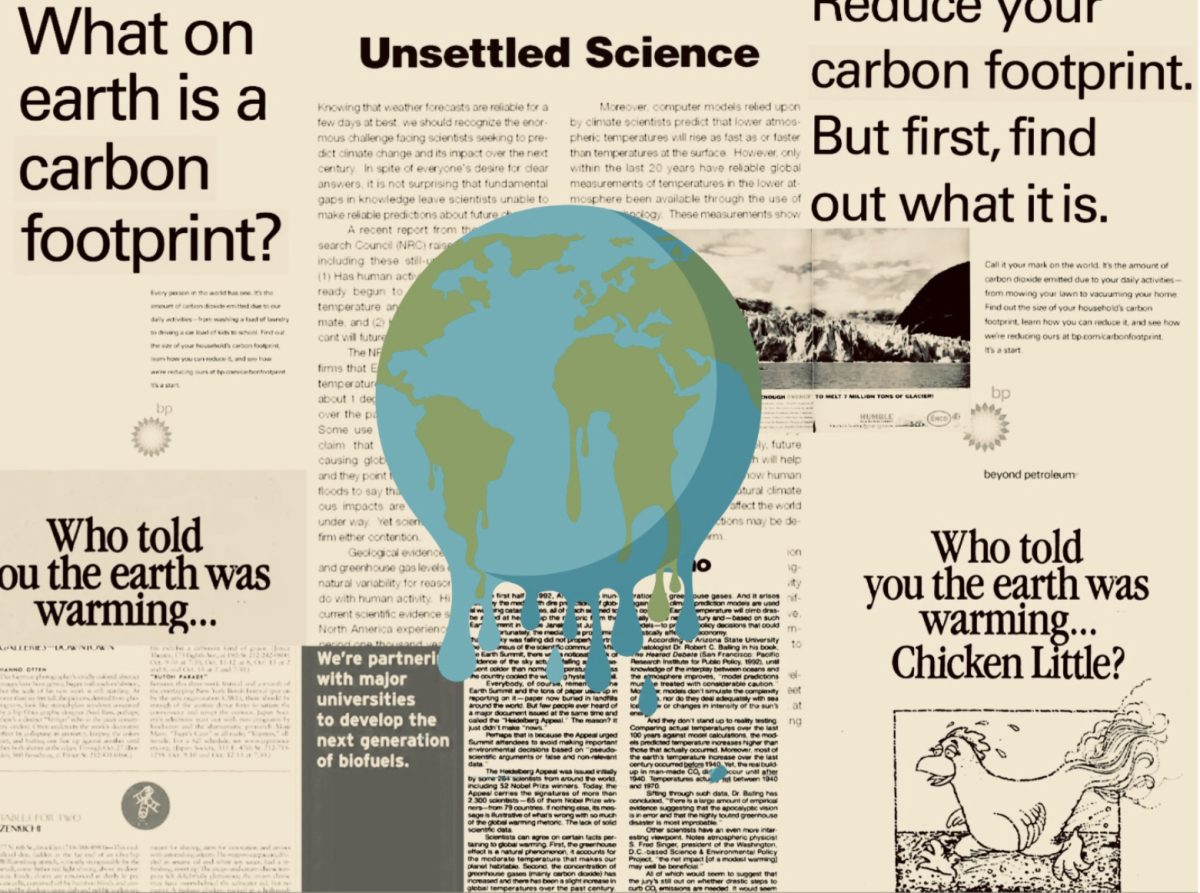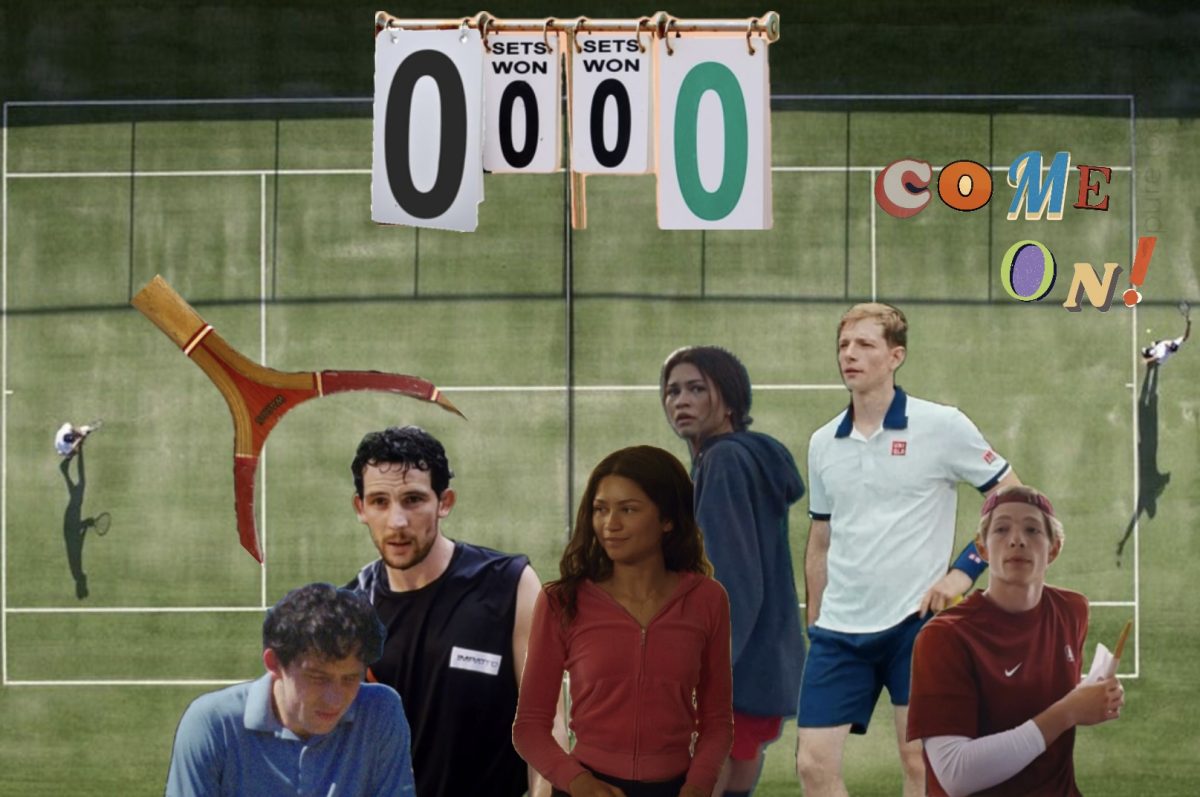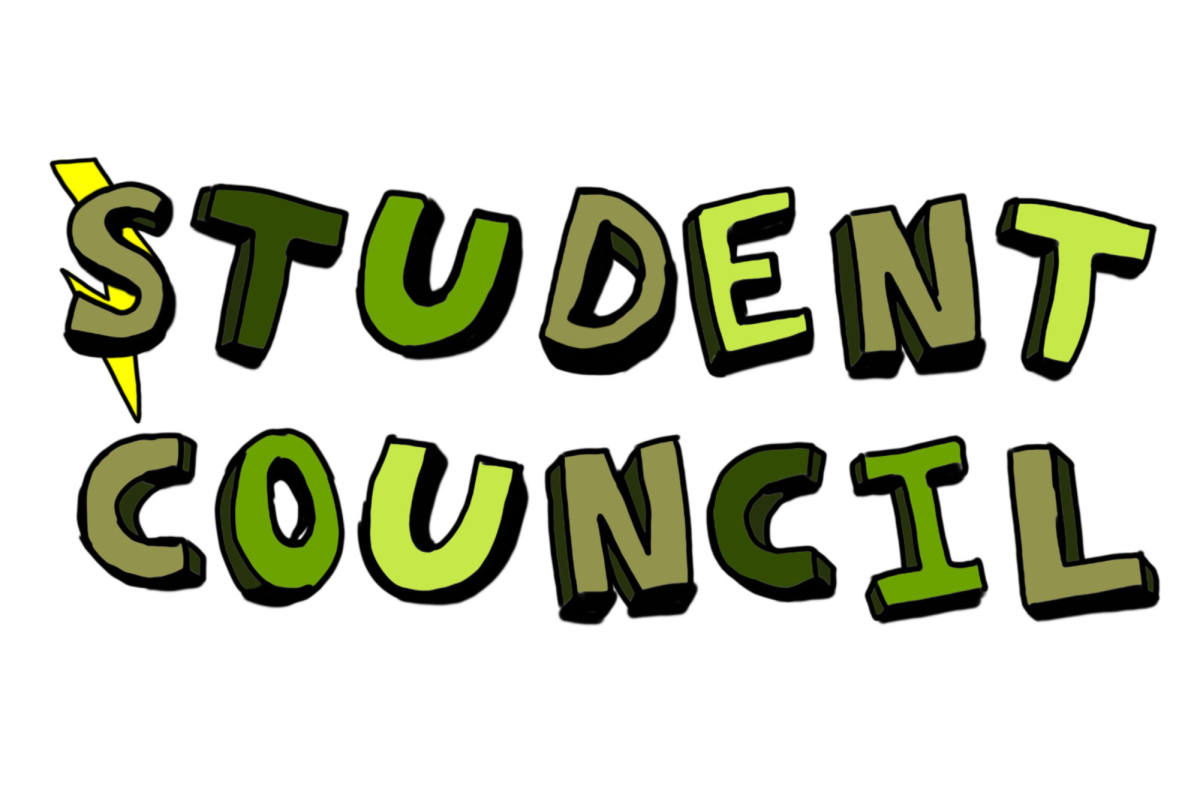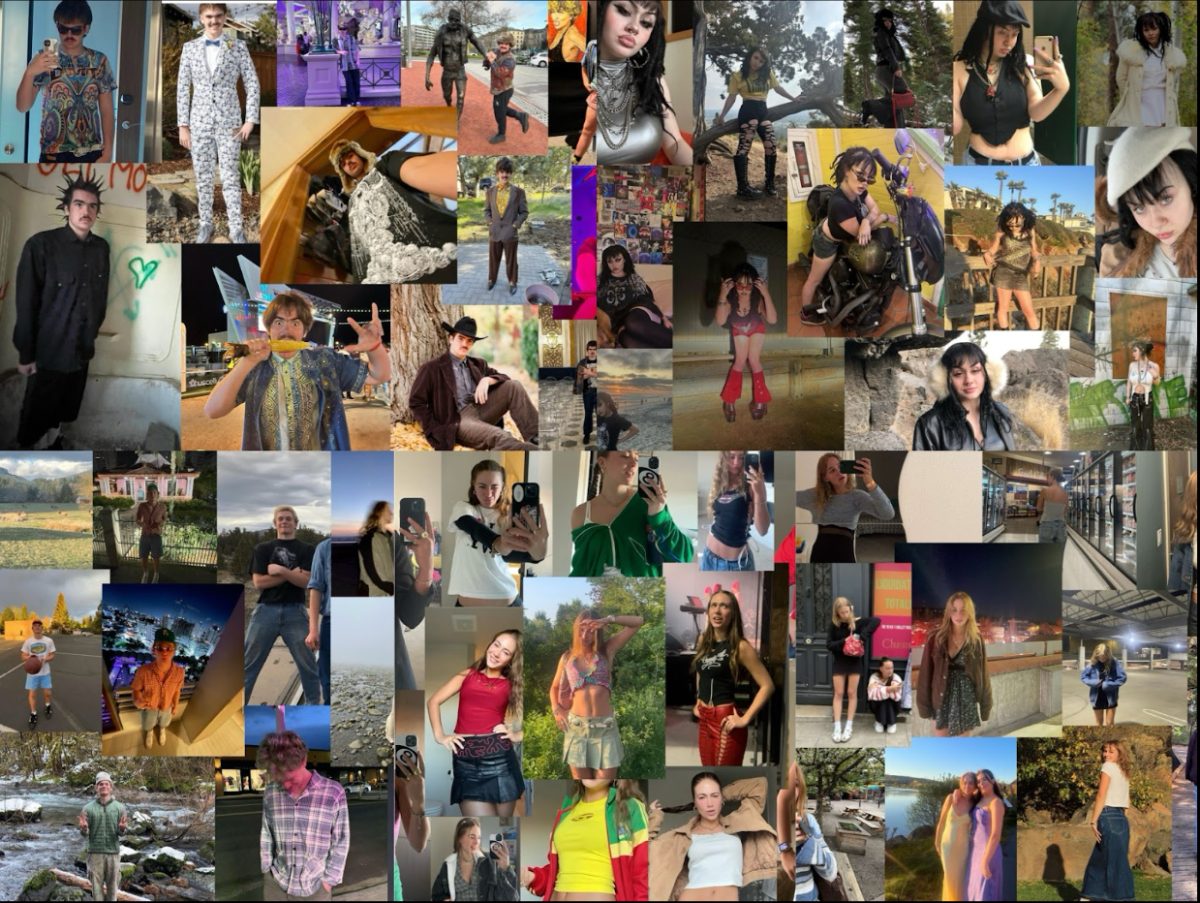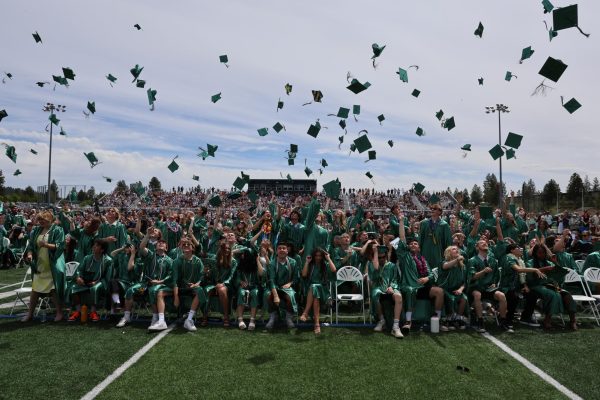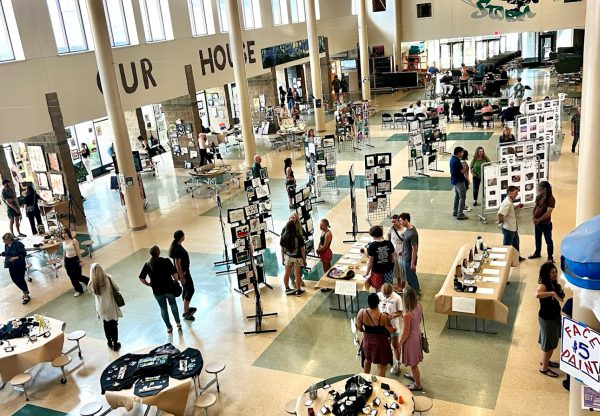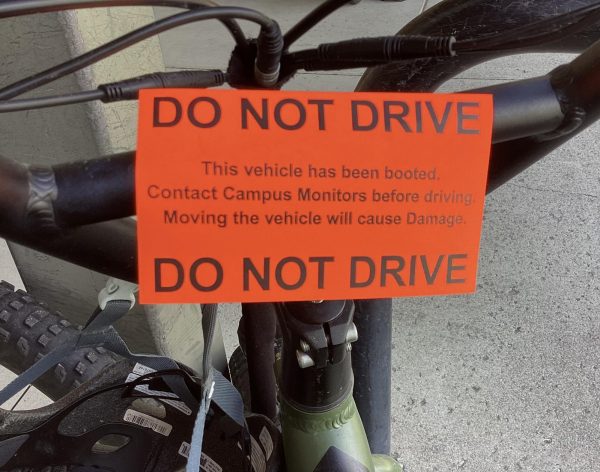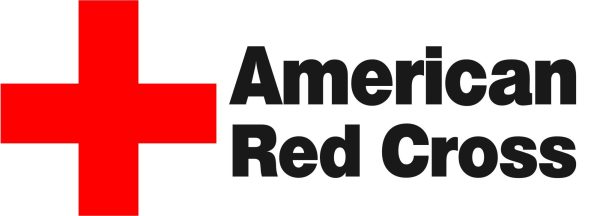A Fall to Flounder: Did the Pandemic Widen the Disconnect Between Teachers and Students?
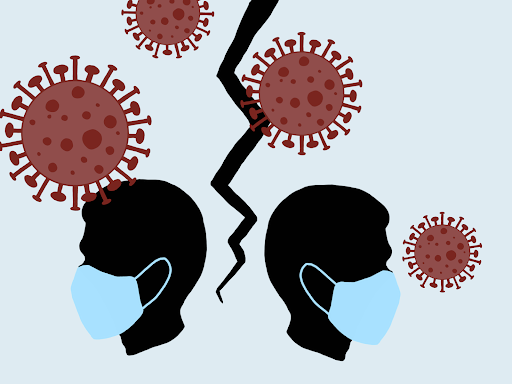
November 15, 2021
It’s been over a year since a normal start to the school year. Gone are last year’s glitching Webex rooms, cut curriculums and Googled answers. This year the pandemic lingers, evident in the masked faces and the lengths gone to to accommodate ever-changing rules. This has left many Summit students stepping into the 2021-22 school year tentatively and questioning whether they are truly prepared for the year ahead.
A taxing and largely remote, digital school year left many students under the impression they’d gained nothing from the year. A grade on a transcript hasn’t necessarily translated into learning, and that’s created a difficult situation starting school again.
“I believe it was a major disservice to shut down in-person learning to the extent that we did,” said David Kargol, a Spanish teacher at Summit.
Many classes, especially languages, had great difficulty making the same academic progress online that would have been made in-person. Cut curriculums, forgotten formulas and strained retention all made for an empty year.
“I feel like we didn’t learn the skills we need for this year,” said Audrey Marx, a Storm sophomore.
Many Summit students feel this way, writing off last year as wasted time and now nearly shocked with the return to regular expectations and workloads, and students who aren’t struggling with the shift back to normal school themselves are empathizing with their peers.
“Personally it hasn’t had a huge impact on me. I can see how it would for others though,” said Sophie Eisler, a Summit sophomore.
Are teachers and students struggling to communicate the weight of this fall’s attempted normalcy in the classroom? Or are students simply adjusted to lighter workloads and relaxed expectations? Many teachers are working to accommodate last year’s lingering effects.
“I don’t think it’s a disconnect as far as lack of awareness,” said Jennifer White, a math teacher at Summit. “It’s more of a ‘we have certain standards we need to get to and certain units that have to be part of this course.’ How do we take the time we have to fit all of this in but also honor that too much is too much?”
In many ways, this shift back to normal expectations is hitting students so hard because the school year itself isn’t fully typical, hindered by the pandemic still. Seats are still spaced three-feet apart, directional arrows linger in the halls, and emptied sanitizing stations decorate classrooms.
However, this mindset that last year did not contribute any academic progress whatsoever is making this current school year, and the shift back to what was once considered regular, that much more difficult.
And on the surface, teachers don’t seem to understand how students feel.
“I think that students are more prepared than they realize,” said Travis Bean, a chemistry teacher at Summit.
Teachers have faith in their students and their ability to adjust while school norms shift around. And as insignificant as it seemed, distance-learning still allowed room for learning and growth.
“I don’t feel like it’s truly this whole void that never happened,” White said.
Many Summit teachers feel this same way, but others disagree. And with every teacher on a different page, students are having difficulty finding themselves on the right level. This uncertainty may be what’s straining the disconnect between students and teachers.
Unless there’s no real disconnect between teachers and students.
“What’s so interesting is that sometimes I use those same words when I talk about, you know, teachers and leader decision makers trying to come together,” White said. “I’m like, ‘so do they know what it’s like in the classroom?’ And I’m sure students are saying, ‘do they know what it’s like to be a student?’”

